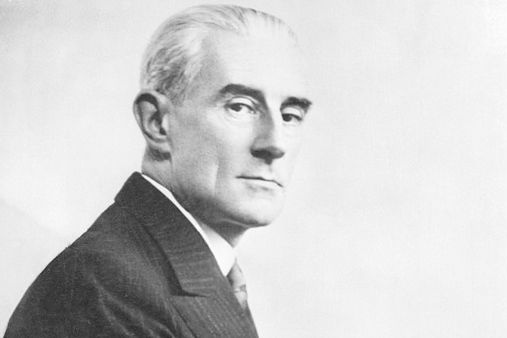(Nanterre) The Nanterre court on Friday dismissed the claims of Maurice Ravel and Russian decorator Alexandre Benois, who had asked the Society of Authors, Composers and Music Publishers (Sacem) to recognize the latter as co-author of the famous Bolero.
The court “rejected the claims of the beneficiaries of Maurice Ravel and Alexandre Benois regarding the Boleroone of the most performed and distributed works in the world,” detailed the court in a press release, the work “consequently remains in the public domain.”
Regarding the hypothesis of Mr. Benois’ co-authorship, the court considered that “the documents provided did not demonstrate his status as author of the argument (short summary, Editor’s note) of the ballet.”
The thesis of another injured co-author, the choreographer Bronislava Nijinska, was also dismissed by this judgment, the artist having “never appeared on the documentation of the Bolero as co-author”.
“It is a very reasoned decision, which took care to examine all the elements brought to the attention of the court and which validates Sacem both in its approach […] and in its position with regard to safeguarding the interests of its members,” M responded to AFPe Yvan Diringer, who defends Sacem with Me Josée-Anne Bénazéraf.
“The action of the estates and publishers (also parties to the case, Editor’s note) is rejected by the court, we analyze the decision calmly before responding to the press,” M, for her part, declared to AFPe Gilles Vercken, lawyer for the Ravel estate.
The heiress of Maurice Ravel, Evelyne Pen de Castel, is also ordered to pay one euro to Sacem “in compensation for her damage resulting from the abuse of moral copyright,” details the decision.
This judgment ensures that at this stage, the Bolero remains in the public domain as it has been since 2016.
If Sacem, which manages and collects copyright in France, recognized Mr. Benois as co-author, the work would have been protected until 1er May 2039, Mr. Benois having died in 1960.
In France, copyright on a musical composition lasts for the life of its author and then for the next seventy years. It then falls into the public domain and can be used freely.
THE Bolero was protected for seventy-eight years and four months, because the law provides for extensions which aim to compensate for the loss of income of French artists during the two world wars, which carried the protection until 1er May 2016.
